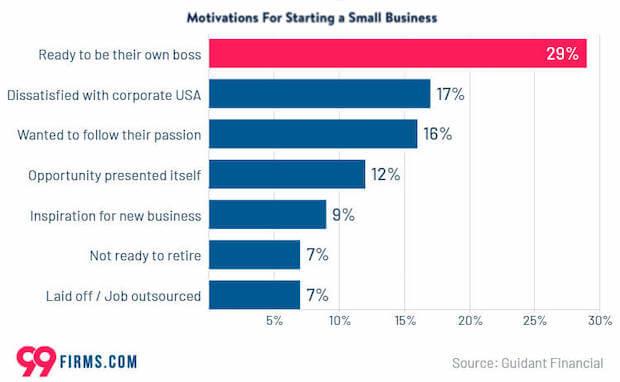
In this context, understanding who your loyal customers are and why they buy becomes extremely important. The interview process Geisler decided becomes seemingly trivial to the value those customers bring to your business.
The aim of interviewing customers is not simply to chat. You want to know who they are, what influences them, how they make buying decisions, and why they purchase your products.
Almost by accident, you have profiles or personas to build new customer acquisition audiences. You can drive revenue from your lifecycle marketing. Lifecycle marketing connects a business and its customers, providing the proper communications at the proper time. Done well, it helps retain buyers and provide a better overall shopping experience.
“When I was consulting, it was one of the hardest things for me to sell to my clients. People would say, ‘I just want you to write our emails for us,’ and I would say, ‘okay, but I need to go talk to your customers first,’” Geisler said.
In Practice
“Lifecycle marketing is the conversation you’re having with your customers on an ongoing basis. It’s reflective of a customer’s journey as she experiences your product, and it’s not focused on those one-off email sends or little blasts of information on social media or through individual campaigns. It’s about that long-term relationship,” said Val Geisler, a customer evangelist at Klaviyo.
Interestingly, the process of learning from existing customers often includes “a lot of things that don’t scale, like having one-to-one conversations with customers and getting to know them,” said Geisler, adding, “I think that is the hardest part for most people.”
Geisler described the CEO of a brand she had worked with who challenged the marketing team to find ways to increase revenue without advertising and the customary conversion tools. The CEO went so far as to say, “No one from the outside can come in and buy our product” unless they are referred.
The Jobs to be Done framework helps to generate questions to gain this sort of insight. Then, properly collected, organized, and analyzed, the detailed responses can define email and SMS flows, driving sales and referrals.
“Klaviyo is a great example. On the surface, we’re an email marketing and SMS marketing tool. But nobody wakes up in the morning and says, ‘I want to send some emails today.’ …That’s not why they choose Klaviyo…they pick Klaviyo because it helps them make money,” Geisler said.
What you learn about your shoppers’ needs and how to communicate with them carries over into other marketing tasks, including customer acquisition.
In effect, the CEO was asking his team to grow sales only by deepening relationships with existing customers.
Consider the CEO’s thought experiment. If you’ve taken the time to interview customers and develop a communication plan based on their relationships with your business, you have powerful new acquisition tools, too.
Customer Acquisition
“I liken it to dating. You have different conversations when you first date someone than when you’ve been married for 10 years…. It’s helpful for brands to think about real-life scenarios that carry over into customers’ lives,” said Geisler, who was speaking during a live interview with the CommerceCo by Practical Ecommerce community on July 29, 2021.
“I follow a framework called ‘Jobs to be Done,” said Geisler. “The idea is there is a job that your customer has for your product, and it’s typically not what you’re selling them. It’s not the features. It’s what they want at the end of the day.”
Instead of thinking about lifecycle marketing as email or text messages, view it as a relationship.
Lifecycle marketing then is knowing how to communicate with each customer at scale. It’s learning from the customers you have to create communication plans and flows that touch all shoppers.
This is accomplished by asking about your ecommerce website, products, or brand. It takes getting to know them to meet their needs.
Geisler pointed out that customers are at a particular phase with your business — prospects, new buyers, or brand advocates, as examples. Each has a different relationship with your products or brand.





